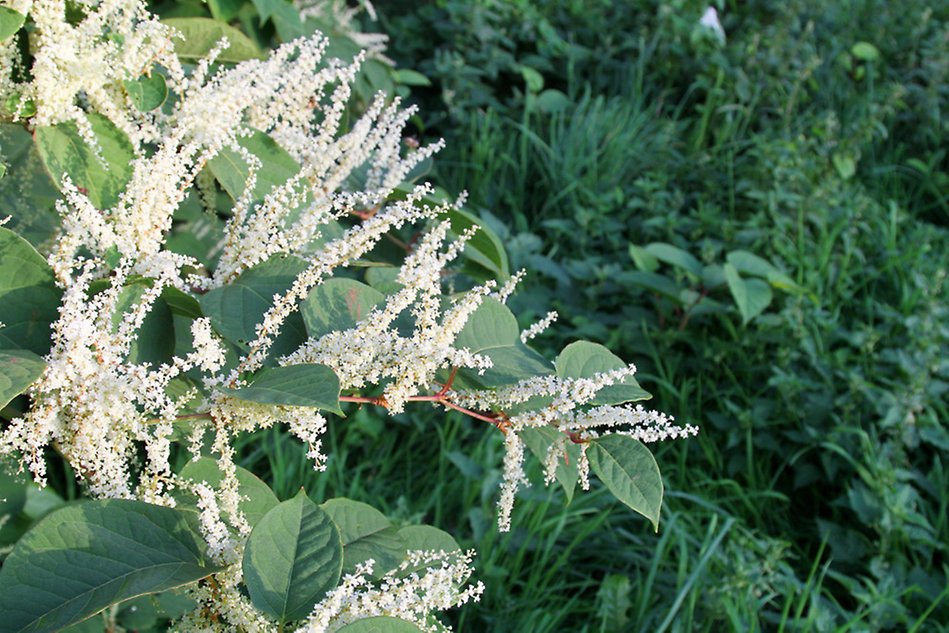Researchers at Halmstad University take up the fight against invasive alien species
Tina D’Hertefeldt, Senior Lecturer in Conservation Biology at Halmstad University, is developing innovative methods to combat species that threaten Sweden’s ecosystems.

“Invasive alien species are one of the five biggest threats to biodiversity.”
Tina D’Hertefeldt, Senior Lecturer in Conservation Biology at Halmstad University
Invasive alien species are a growing problem in Swedish forests, waterways, sand dunes and roadsides. These are species that are not native to our environment but have been brought here with the help of humans.
“This can be unintentional, such as when marine organisms are accidentally carried in the ballast water of large ships. In many cases, we humans have also deliberately moved plants or animals from one continent to another”, says Tina D’Hertefeldt.
Crowds out other vegetation
Invasive alien species can take over and displace other vegetation, disrupting the ecosystem and impacting biodiversity. Many invasive alien species also have negative impacts on humans. The giant hogweed can cause burn blisters, water hyacinth obstructs boat traffic in canals in Asia and bathers cut their feet on Pacific oysters on the Swedish west coast.
A highly topical example of an invasive alien species rampant in Sweden is Japanese knotweed.
“Today, Japanese knotweed is one of the most difficult unwanted plants to remove. This affects, for example, the Swedish Transport Administration, which finds it difficult to plan for the construction of bus stops and wildlife fences where Japanese knotweed grows”, says Tina D’Hertefeldt.
Alternative control methods
Tina D’Hertefeldt says that currently, the most effective way to control Japanese knotweed is through targeted spraying with the pesticide glyphosate. However, since glyphosate can be harmful to, for example, wildlife in rivers and streams, she and other researchers are trying to find out whether alternative methods of control can be developed.
“We are testing different methods of heating. We heat the soil down to a depth of several metres. There are also methods for steaming excavated soil with Japanese knotweed in it. We have seen that heating to 80 degrees for a longer period of time leads to the death of Japanese knotweed”, says Tina D’Hertefeldt, adding:
“By combating invasive alien species, we contribute to more biodiversity. This is needed to mitigate future climate change and to have a functioning infrastructure in society.”
Text: Lovisa Essunger
Photo: iStock

